#Ogdoadic
Explore tagged Tumblr posts
Text
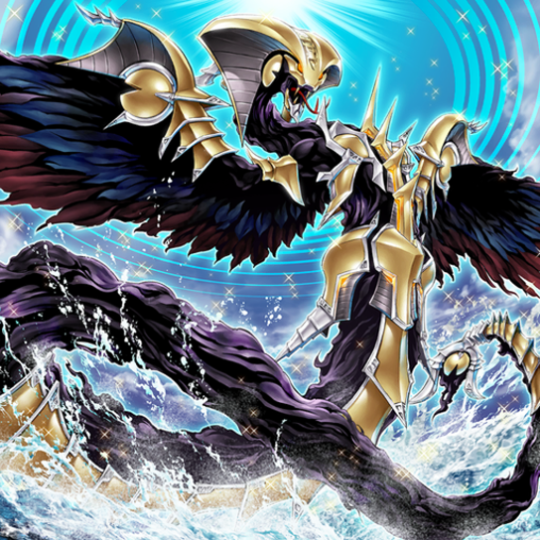
Ogdoabyss, the Ogdoadic Overlord
149 notes
·
View notes
Text
Round 1b, Match 10: Rokket vs. Ogdoadic vs. Umbral Horror!
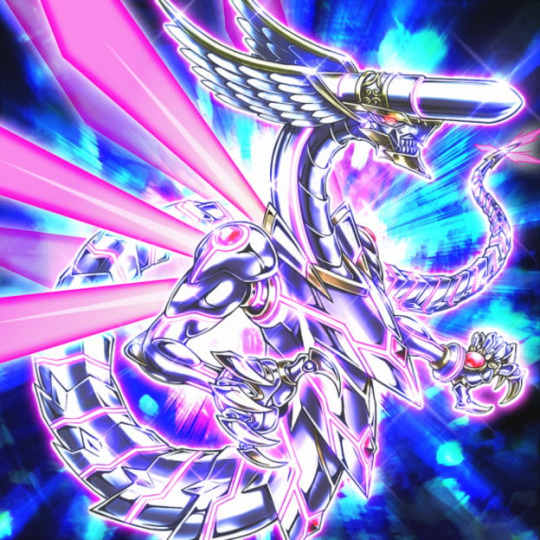
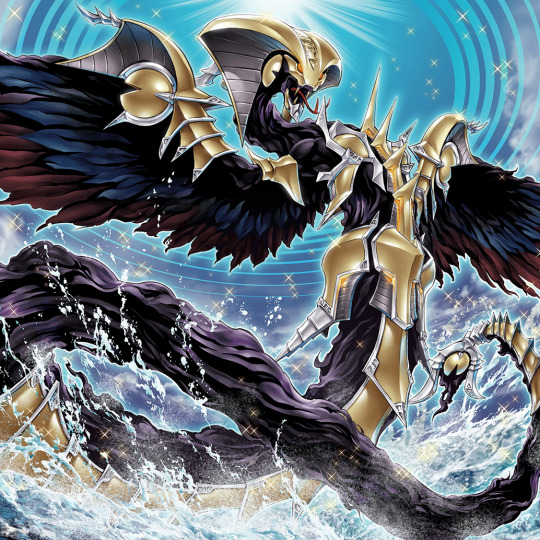

Silverrokket Dragon // Ogdoabyss, the Ogdoadic Overlord // Number C104: Umbral Horror Masquerade
#yugioh#yu gi oh#yugioh!#yu gi oh!#yugioh archetype tournament#tumblr tournament#bracket#yugioh tcg#Rokket#Ogdoadic#Umbral Horror
21 notes
·
View notes
Text
pup gang crime list:
threw a basketball at jakes head once because he is old
htrew a strawbebby on the ground and was kicking it. it wasnt alive
pup gang punishment:
the princess speaks very nastily to them. publically.
they are not allowed to show their faces around her
also they offered to give up their rights as candy citizens and go live with lemongrab and it was not fun. its not really a punishment but everyone around them was treating it as one and they offered to take it so long as pb paid their mothers. i want to mention it.
marshmallow kid crime list:
set themselves on fire regularly to run at their enemies and then leave their melty skin on the ground
swindle over 500 dollars every day
fight the other kids off their street corners
scrape food off the ground and bring it to the charity orphanage sale
marshmallow kid punishment
camping with finn
encouragement to go to school which they accept delightedly


#ok disclaimer yes the pup gang says that they need amnesty for 'past crimes.' but we dont see them. it still seems unbalanced#the mallow kids did have to see finn almost die. but so did the pup gang to be fair.#you guys cant see but i have like 5 disjointed drafts across two blogs because ive gone crazy. thinking about candy people again#adventure time#not art#like why is . why is it so unbalanced. OK the marshmallow kids remind her of finn as a young lad <3 but like the pup gang are kids too#theyre just annoying. the mallow kids know how to do the charming little lad voice. so pb likes them#oh pb does not like you if you are annoying. she says its okay but i have proof she is not okay with it. and will just leave you to die.#she'll cry about it though 👍 she'll say she feels REAL bad. but there were options besides exile tbh.#im literally not a pb hater! i just think shes so. tasty. and ilove to look at how she treats the . candy people. and similar#vulnerable people shes in charge of and can decide the fate of. hey lets all rewatch the suitor right now and discuss consent#neither braco NOR PB got it. from the other party. peps did. ogdoad did. but pb just said you can ONLY be happy with ROBO WIFE! and braco#said i dont. think. this is okay with me. but then he left forever.#and its OK! because braco was a weird annoying freak so its fine /SARCASM fucking LET THE MAN. discuss his own fate. with you.#every time i try to stop talking abt braco it happens again so im just going to leave all this here. i literally erased like 4 braco rants#its all intertwined. how pb treats her people. the pup gang and braco and james and cinnamon bun. its all related.#'ezra is the wizard city guy' clerical error im the candy people guy forever and always but wizard city is really close second
25 notes
·
View notes
Text
| Self-Cleansing Prayer to Nu 🪷|

{ O’ great god Nu, he of the Ogdoad, pour thy waters over me. Cleanse me with thy primordial purified waves. Dweller of the infinite lake, clean the actions of my Ka Wash the weight of my Ba Lift my Ib as you do the sun, thy child That not of my highest good is no more, by thy word Let the cool waters fill my body and soul Father of Fathers and Mother of Mothers Cleansed and washed away; returned to the pure state of origin Dua Nu 𓀀 🌊🪷

#kemetic#kemetism#ancient egypt#paganism#netjeru#kemet#nu/nun#nu#ogdoad#deity work#deity worship#deity prayer#Just a nice little prayer I made
11 notes
·
View notes
Text
ΑΒΡΑΣΑΞ -- ABRASAX From a Hermetic Viewpoint.

To the Gnostics, Abrasax is the great archon who created the whole world. There is quite a bit of nuance considering how Basilides Gnosticism views this deity. Nuance that I am not qualified to go over at the moment. Carl Jung refers to Abrasax as a truly terrible entity that encompasses all evil and all good, in his Red Book. I've seen negative reactions from people on Discord to this entity, but also some positive reactions.
But to the Hermeticist…who and what is this weird rooster head, snake-legged deity that is found all throughout the Greek Magical Papyri (PGM)? Let’s find out?
In the Discourse of the Ogdoad and Ennead (D89) we are given strings of vowels and nomina Barbara for the Hermetic student, namely Tat as he is being taught by Hermes. To Christian H. Bull in his The Tradition of Hermes Trismégistōs, the string of Greek vowels and nomina Barbara/voces magicae is the totality of the Kosmos. Tat asks to receive the imprint of fullness by ways of hymns of praise to God. Bull seems to agree with Alberto Camplani that the “imprint of Fullness (Pleorma)” is coded within these string of vowels and voces magicae.
From personal experiences — I have to agree with this, but I had to fuck around and find out for myself as I read this book many months ago when vowels and voces magicae were not big in my praxis. Anyways, here is the full hymn:
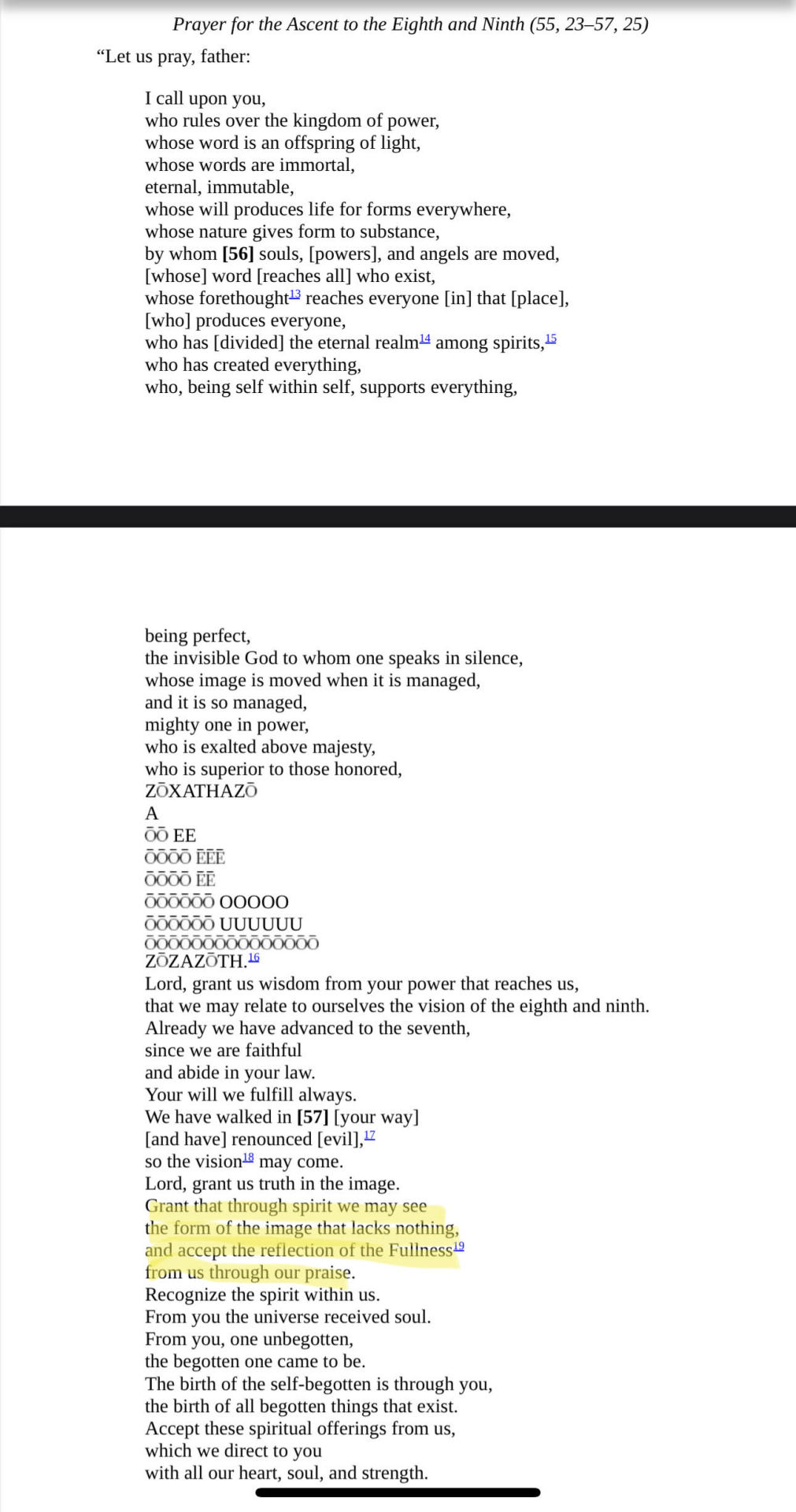
Great! So how does this tie into ΑΒΡΑΣΑΞ and what is this names value to a Hermeticist? For starters — This name, has a numerical value of 365, according to isopsephy. 365, as the majority of you know, is the totality of days our Earth revolves around the Sun. In PGM VIII. 1-63, specifically in lines 45-50… we see a love spell invoking Hermes to which we are given the name of ABRASAX equaling 365 explicitly, and quite possibly a voces magicae for Hermes.
The Sun's importance in Hermeticism is ever-present. Most explicit in my opinion is SH 2a from M. David Litwa’s Hermetica II:
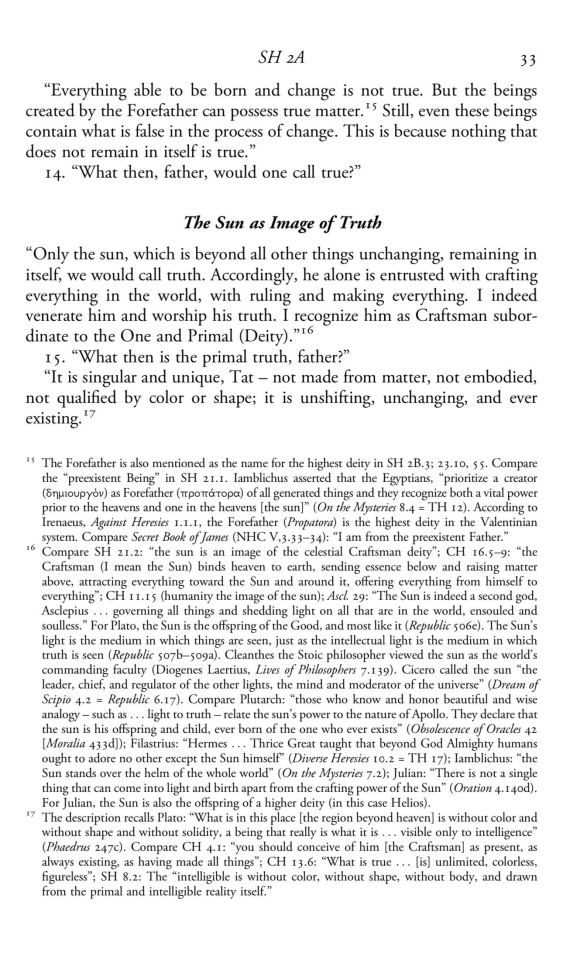
Also important to note: Thoth. Many believe Thoth is just the god of the Moon, yet Thoth has a Solar form: the Baboon. Baboons and their screeches are believed to be connected to the language of the gods. This is confirmed in the Demotic Book of Thoth. Where a scribe of Thoth’s Scribal College: The House of Life [𓉑], says this about the great teacher, Thoth: "The signs revealed their form. He called to them and they answered to him. He knew the form of speech of the baboons and the ibises." Thoth is also believed to be the creator of not just words and language but also vowels (Philebus 18b-c). For clarity's sake, Thoth is an extremely important figure in Hermeticism. Our teachings are based upon a syncretic god: Hermes & Thoth — Hermēs Trismégistōs.

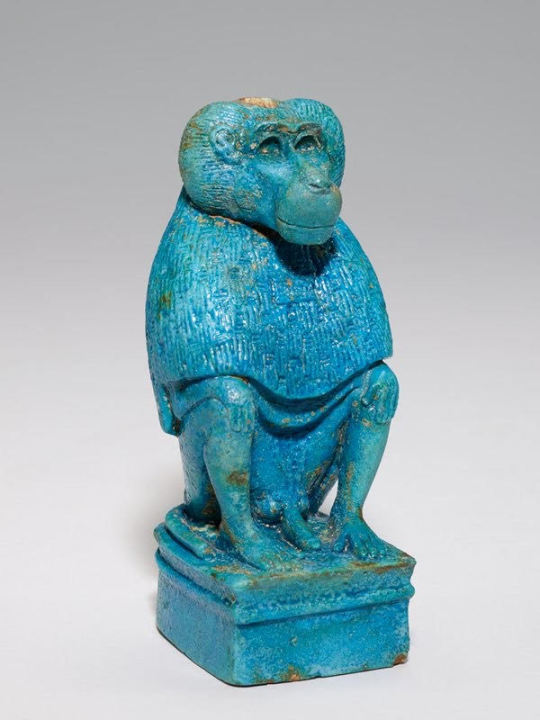
More evidence for the importance of ΑΒΡΑΣΑΞ is found in PGM XIII.1-343 — the famed Heptagram Rite, which we can perform more clearly and neatly here. This is a ritual that invokes Aiōn. Aiōn is believed to be the power of the Unknowable, Ineffable Godhead in Corpus Hermeticum XI. In lines 80-89 of PGM XIII, we are given voces magicae to Aiōn in 7 different languages as seen below.
Birdglyphic: ΑΡΑΙ Hieroglyphic: ΛΑΙΛΑΜ Hebraic: ΑΝΟΧ ΒΙΑΘΙΑΡΒΑΘ ΒΕΡΒΙΡ ΕΧΙΛΑΤΟΥΡ ΒΟΥΦΡΟΥΜΤΡΟΜ Egyptian: ΑΛΔΑΒΑΕΙΜ Finally, in Baboonic: ΑΒΡΑΣΑΞ
(The voces magicae for Aiōn is continued in 'Falconic' and lastly hieratic languages). Thus, we can see a clear link to baboons and Thoth, the name Abrasax to the baboons, and their "language." We see a connection between Aiōn and Abrasax, and we also saw above in PGM VIII that it could also be used as a voces magicae to Hermes!
But let’s look at the imagery as well. A rooster head with snake legs. The legs, to me, are Chthonic of course, and curl up to shape an Ω, the seventh sphere, Saturn. The connection to Omega is something Christian H. Bill points out. The rooster is also a Solar animal. So to me, we have a beautiful image representing the totality of All Things from the Sun whose an image of Truth, directly subordinate to the One Primal Deity (SH 2a), down to the Du’at/Underworld. Both Hermes and Thoth are connected to the Underworld as well as the Sun. Hermes' planet, Mercury is the closest planet to the Sun. Hermes is also famously known as a psychopomp, a traveler and mediator between Hades and Mount Olympus, Death and Life. Thoth, with His solar connections stated above, is also a key member of the Ancient Egyptian Underworld. In the Ani Papyrus, we see Thoth as the recorder/scribe that lists every heart that is weighed up against the Divine Feather of Truth -- Ma'at.

Thus what we have here, from a Hermetic standpoint, is that Abrasax is not a malevolent archon or a demon as denoted by the early Catholic Church, but rather a beautiful deity that is worthy of reverence whose name equals our revolution around the Sun, the Image of God. Abrasax — a name that is connected to both Hermes and Thoth, for reasons stated above. A name that also has a connection to Aiōn, an extremely important power/god in Corpus Hermeticum XI.
That is my interpretation, from a Hermetic standpoint. There are many interpretations of this elusive yet captivating deity. Abrasax can be a voces magicae for Hermes, or for Aiōn, it can be what I said, or you can take the Gnostic approach, or Jung, or Catholic approach to Abrasax. Regardless of what you do with the information, I shall continue to raise my voice in jubilation and cry out:
ΧΑΙΡΕ ΑΒΡΑΣΑΞ !
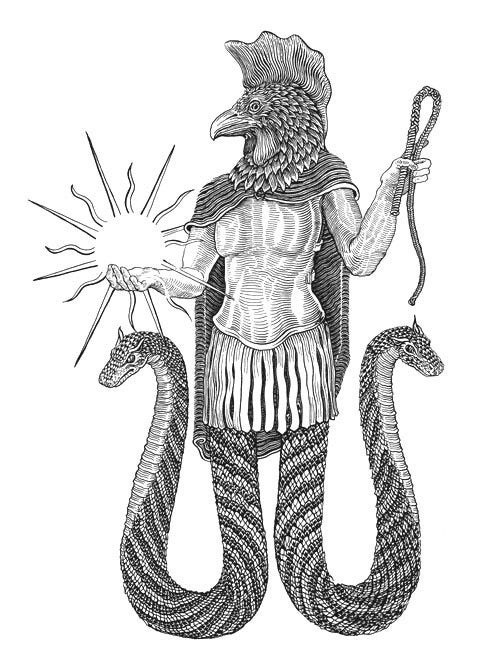
#hermeticism#gnosticism#demon#aion#greek magical papyri#corpus hermeticum#Ogdoad#ennead#nag hammadi library#Abrasax#archon#hermetica#magic#ritual#spells#hermes trismegistus#hermes#thoth#greco egyptian#egyptian#Greek#mythology#underworld#sun
46 notes
·
View notes
Text

Nu, Egyptian embodiment of the chaotic waters. The first of the gods, it’s been ever present throughout time, a permanent aspect of reality. For countless millennia, Nu’s waters rested without action, but suddenly the waters stirred and out arose the Benben, the first mound of land. Lying on top of the Benben laid a lotus flower, the flower bloomed, revealing the newborn Ra. Along with Ra emerged the serpent of Chaos: Apep. Nu’s waters encapsulated the world Ra had sculpted, surrounding it like a bubble. Nu remained detached from creation, watching it from afar. However Nu would provide Ra with their otherworldly wisdom, in one instance when Ra lost the worship of his followers Nu gave him the advice to tear out his eye, which when Ra followed transformed into the goddess Sekhmet. Nu upholds Ra’s solar bark all through out its journey across the sky, traversing the sea of chaos that surrounds the universe.
Nu’s presence within Egyptian religion is deeply rooted, as the vast majority of creation myths in ancient Egypt centered around and greatly featured Nu, with the only exception being in Memphis where they were replaced with Ptah. In Heliopolis, Nu was split into eight deities who formed the Ogdoad, the pantheon who embodied the primordial waters. Nu represents the primordial chaos, an archetype found in many other gods, such as the Chinese Hundun, the Sumerian Nammu, the Mesopotamian Tiamat, and the Irish Danu. The concept of Nu may have developed into Asherah, with both representing the primordial waters of chaos. The primordial waters is a very ubiquitous concept, with it being found in Hinduism, Abrahamic religions, Mongolian mythology, Hawaiian mythology among many others. Viewing this primeval void as an ocean is nigh universal across the earth, you’d be hard pressed to find a creation myth without a mention of primeval waters.
#art#character design#mythology#deity#egyptian mythology#egypt#nu#nun#naunet#nunut#ogdoad#water god#sea god#primordial waters#chaos god#supreme god#africa#african mythology
7 notes
·
View notes
Text


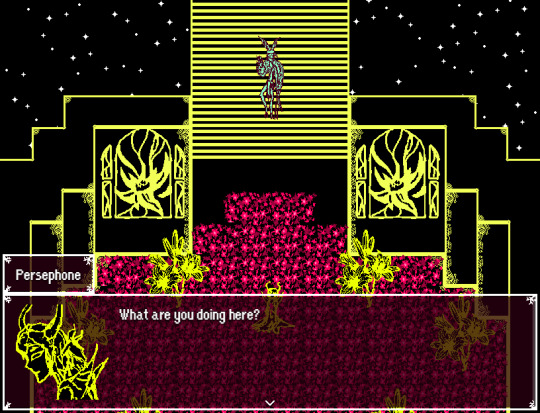
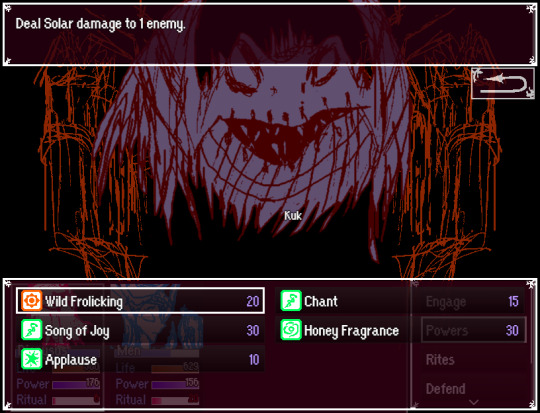
Here is Destiny of Dionysus' new look! Progress is going smoothly, I might be able to release the finalized version by the end of the month.
#Greek Mythology#Egyptian Mythology#Dionysus#Persephone#Amun#Kuk#Ogdoad#RPG Maker#Game Development#Destiny of Dionysus#oc
12 notes
·
View notes
Text

Description from Wikimedia Commons: "The sun rises from the mound of creation at the beginning of time. The central circle represents the mound, and the three orange circles are the sun in different stages of its rising. At the top is the "horizon" hieroglyph with the sun appearing atop it. At either side are the goddesses of the north and south, pouring out the waters that surround the mound. The eight stick figures are the gods of the Ogdoad, hoeing the soil." From the Book of the Dead of Khonsumes.
Where: Kunsthistorisches Museum Vienna
When: Third Intermediate Period, 21st Dynasty
#Ancient Egypt#papyrus#Book of the Dead#Ogdoad#Kunsthistorisches Museum Vienna#Third Intermediate Period#21st Dynasty#Khonsumes
23 notes
·
View notes
Text
caught up with Ennead after like. six months. oops.
but anyway WE'RE GETTING THE OGDOAD UP IN HERE??? HELL YES!!!
#I LOVE THE OGDOAD#I'M SO EXCITED#also the way they're getting folded back into the lore is cool i like it#'the creator gods have creator gods' HECK YES THEY DO AND THEY'RE SNAKES AND FROGS I LOVE THEM#ennead
7 notes
·
View notes
Text
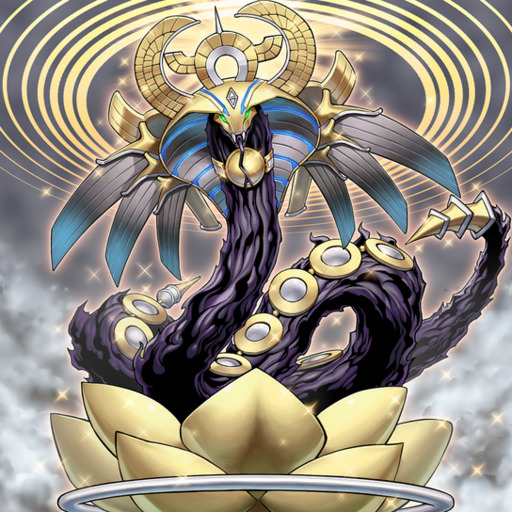
Nunu, the Ogdoadic Remnant
An absolutely gorgeous and stunning card. Egyptian themed Yugioh cards are where it's at. These kinds of cards are the heart and soul of this game to me, because they so clearly harken back to the early days of the franchise. I've also just really truly loved ancient Egyptian stuff for my entire life basically lol. Contrary to what the wiki states, I'd say this card is based on Naunet instead of Nun, because the feminine aspects of the Ogdoad (the eight primordial gods of ancient Egypt) were depicted with snake features, while the male aspects have frog features. Regardless, this card screams primordial. The relative nothingness of the background beyond some gray smoke and a small burst of light at the very top. And of course, the very way the majority of Nunu's body is drawn: as mysterious black ripples of an unknown substance. It contrasts so well with all of the bright and shiny gold bits. I really love the way her cobra hood is rendered to look like a pharaoh's headdress, even down to the blue stripes. She's got some fancy headdress things of her own going on, but it's mostly just nonsense shapes (but they do reflect the big ol' wings she's got). To top it all off, they even included a fancified water lily, an important part of ancient Egyptian religion closely associated with the primordial waters of the Nun.
Rating: 10/10, this is a card I would probably frame on my wall
#Nunu the Ogdoadic Remnant#yugioh#yu-gi-oh#ygo#Effect Monster#Light#Reptile#Literally though if you see a snake god from Egypt......... They're all ladies#All of them
34 notes
·
View notes
Text
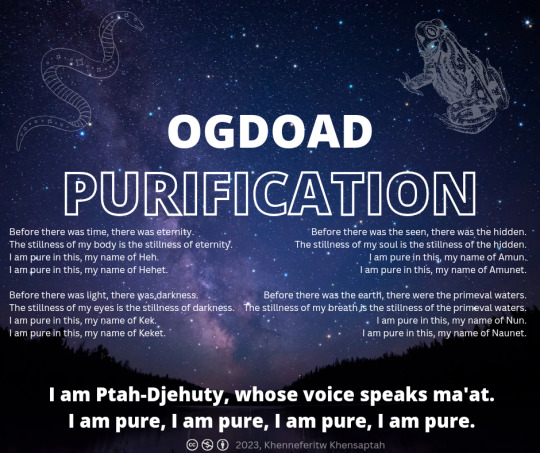
I recently wrote a new purification prayer, as part of a new moon ritual I am developing. I'm hoping to host a public ritual going forward in honor of Ptah's role as god of the newly waxing crescent!
You can find this prayer here, on my website.
This purification connects us to the Ogdoad as a primal source of purification, as well as Ptah-Djehuty as the creator. May it provide you with blessings.
#kemetic#kemetic fandom#kemetic paganism#kemeticism#kemetic polytheism#egyptian paganism#egyptian polytheism#pagan#paganism#paganblr#purification rituals#original work#ogdoad#ptah#ptah-djehuty
40 notes
·
View notes
Text
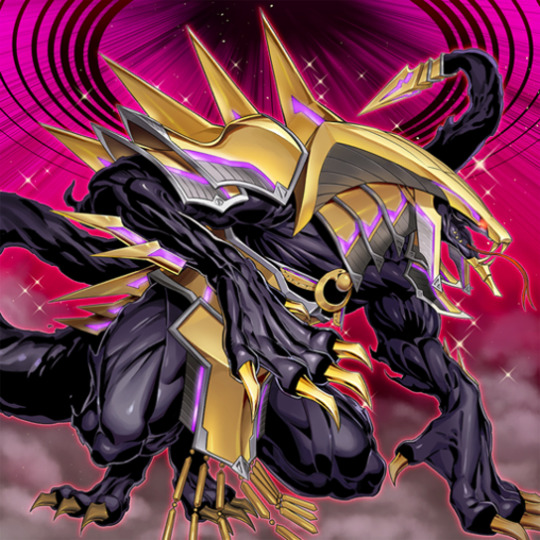
Aleirtt, the Ogdoadic Dark
254 notes
·
View notes
Text

Nephilabyss, the Ogdoadic Overlord
"If a monster(s) is sent from the hand or Deck to the GY, while this card is in your GY (except during the Damage Step): You can Special Summon this card, also you cannot Special Summon monsters until the end of the next turn, except Reptile monsters. If you control this card that was Special Summoned from the GY: You can target 1 monster in your GY, except 'Nephilabyss, the Ogdoadic Overlord'; Special Summon it. You can only use each effect of 'Nephilabyss, the Ogdoadic Overlord' once per turn."
14 notes
·
View notes
Note
Got a joke for ya, How many of the Ennead does it take to screw in a lightbulb?
None, because they're too busy arguing about what kind of bulb, how many turns it'll take to secure it, who gets the great honor of doing so, etc. that it never gets done.
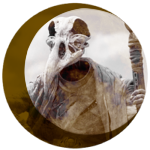
Snort. "Where is the joke? That is simply accurate to my experiences with the gods."
#How many of the Ogdoad does it take to screw in a lightbulb? Nun#//budum tiss#(That might be the lamest joke ever)#in character#answered asks
6 notes
·
View notes
Text
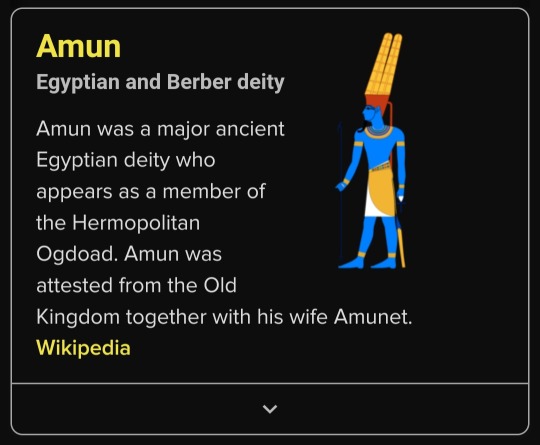
.... who is definitely not just Amun in a dress
#jokes and joshing#i mean the whole ogdoad is like that#was trying to remember it was amun or re who had the ram form variation
2 notes
·
View notes
Text
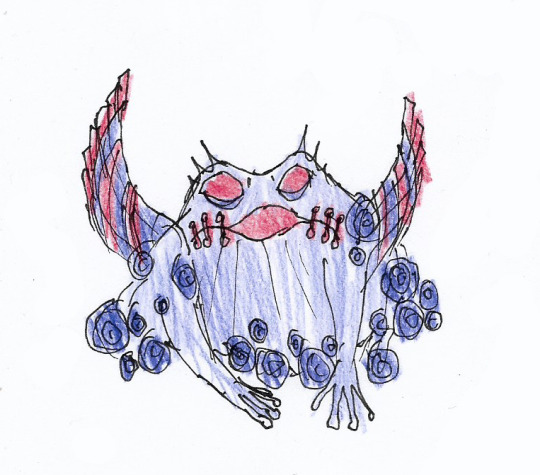
Kuk of the Ogdoad.
17 notes
·
View notes